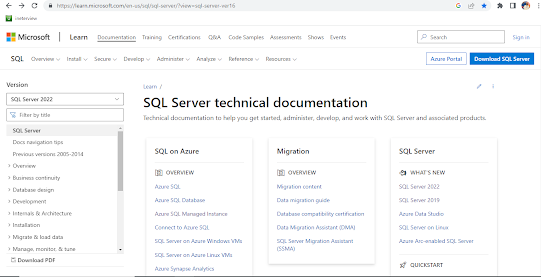WAIT_AT_LOW_PRIORITY Feature for DBCC SHRINKFILE in SQL Server 2022
DBCC SHRINKFILE and DBCC SHRINKDATABASE are two SQL Server commands that allow you to shrink the size of a database or data file. This can be helpful if you have large amounts of unused space in your database that you want to reclaim. However, shrinking a database or data file can also lead to concurrency issues, especially if there are long-running transactions in progress. In the past, when encountering blockings while shrinking a database or data file, the only solution was to stop the shrinking process manually and allow the transaction to continue. This was not ideal, as it could lead to extended downtime and user frustration. With the release of SQL Server 2022, Microsoft has introduced a new feature called WAIT_AT_LOW_PRIORITY, which addresses this issue. This feature is an additional option for DBCC SHRINKDATABASE and DBCC SHRINKFILE. When you use the WAIT_AT_LOW_PRIORITY option, if a new shrink operation cannot obtain the necessary locks due to a long-running query already in ...
